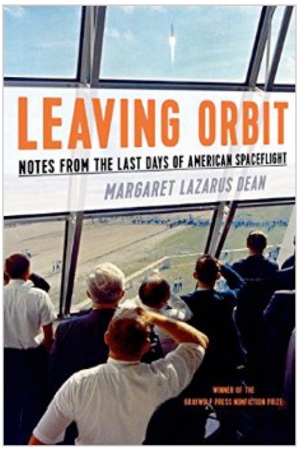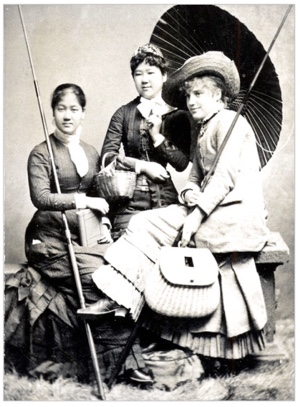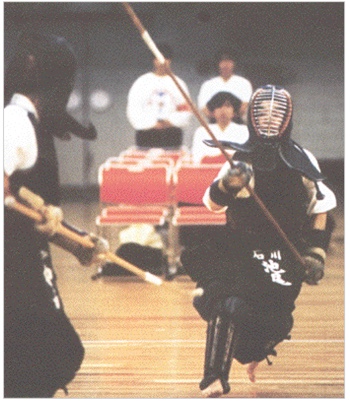NYT History Book Reviews: Who Got Noticed this Week?

Our first book of the week is Leaving Orbit: Notes from the Last Days of American Spaceflight by Margaret Lazarus Dean, an author and associate professor of English at the University of Tennessee. It was reviewed by Michiko Kakutani, an American Pulitzer Prize winning critic for the New York Times. The book is an elegy of sorts to the end of human spaceflight as we have come to conventionally know it over the past half-a-century. In early 2011, Dean traveled to Cape Canaveral for NASA's last three space shuttle launches in order to bear witness to the end of an era, during which she spoke to NASA workers, astronauts, and space fans. Dean also commemorates the touching idealism embodied in the plaque that Neil Armstrong and Buzz Aldrin left on the moon: “Here men from the planet Earth first set foot upon the moon July 1969, A.D. We came in peace for all mankind.”
The main question that arises in the book is "What does it mean that a spacefaring nation won't be going to space anymore?"
In an attempt to answer this, I, Jet Propulsion astrophysicist of the HNN starboard (more like quiet work-study lab assistant with the dry wit of Google Translator) will look to the words of NASA administrator Charles Bolden, who told the audience at the 28th National Space Symposium: "Just because the shuttle is retired doesn't mean NASA is shuttered — far from it. I believe the best is yet to come. Our bigger dreams are just starting to come to fruition." After 135 flights, the agency retired its space shuttle program to focus on the development of a new capsule and rocket for deep space exploration. The mothballed orbiters will now be placed on display at museums across the country.
It ain't over until it's over, though. These notes from the last days of American spaceflight may just be fragments of a re-subscription letter. Sent to the planet Mars on the wings of a Predator drone during A.I. autumn.
Kakutani weighed in:
“In her wonderfully evocative new book “Leaving Orbit,” Margaret Lazarus Dean sets out to chronicle “the beauty and the strangeness in the last days of American spaceflight, in the last moments of something that used to be cited as what makes America great.” Though she overstates the end-times nature of NASA’s future — skimming lightly over its Mars exploration projects and other plans in a highly cursory epilogue — Ms. Dean writes with the passion of a lifelong lover of space exploration and an ability to communicate, with tremendous kinetic power, the glory and danger of its missions.”
“She captures both the science and poetry of NASA’s missions, and the romance of space travel, which dates back centuries, and was imagined in fiction like Jules Verne’s 1865 classic “From the Earth to the Moon.””

Daughters of the Samurai by Janice P. Nimura begins like a fairy tale, with three clueless children charged with an impossible task by an empress: They must go to the United States and return with the knowledge needed to educate the women of Japan in the ways of the modern world. As Nimura puts it, “the Land of the Gods wrenched its gaze from the past and turned toward the shiny idols of Western industrial progress.”
This actually happened. (Well, not the land of the God parts. Yahweh is singular!) In 1871, five young girls were sent by the Japanese government to the United States. Their mission: learn Western ways and return to help nurture a new generation of enlightened men to lead Japan. Raised in traditional samurai households during the turmoil of civil war, three girls: Sutematsu Yamakawa, Shige Nagai, and Ume Tsuda―grew up as typical American schoolgirls. All three were in a sense expendable. Not only were women historically subjugated in Japan — “the words of women should be totally disregarded,” as one samurai code put it — but the families of these girls had been on the losing side of a civil war.
Christopher Benfey, a cultural historian, Mellon Professor of English at Mount Holyoke, and the author of The Great Wave: Gilded Age Misfits, Japanese Eccentrics, and the Opening of Old Japan, was the reviewer. In his book "The Great Wave," Benfey told the story of the tightly knit group of nineteenth-century travelers who dedicated themselves to exploring and preserving Old Japan.
He said:
“Though they were, each of them, purebred daughters of the samurai,” Janice P. Nimura remarks in this beautifully written book, “they became hybrid by nurture,” at home neither in their adopted country nor in their homeland.
Nimura has wisely gotten out of the way of her modern-day fairy tale, telling us what we need to know about Japanese history without obscuring the emotional nuances of the lives of her three heroines.
In terms of childhood and samurai training back in Japan, there was no special school for Samurai daughters, who learned how to be good wives and housekeepers from their mothers. These young women also had to learn how to write Japanese syllabic symbols and read classic Japanese literature and poetry, while also receiving weapons training, e.g., in using the naginata spear.

Naginata practice became a way for samurai women to develop their etiquette and moral character. (It was also useful for shooting watermelons out of the sky. If you target tofu or sushi with these weapons, you are subject to international law). The United States Naginata Federation was formed in 1974, and the International Naginata Federation was formed in 1990. Naginata is now open to men and women of all ages everywhere in the world.
This week’s final book isReagan: The Life by H. W. Brandsby Henry William Brands, a historian and author of 25 books on U.S. history and biography. He holds the Jack S. Blanton Sr. Chair in History at the University of Texas. His latest biography is based on the life of Ronald Reagan, the 40th President of the United States, in a character study that presents Reagan as a great leader who took charge of the country on crucial occasions. He also explores Reagan's blunders, such as the situation when Reagan deluded himself that he did not trade arms for hostages in the Iran-contra scandal. He configured his administration so that others took the blame. In a corporate setting, Brands points out, Reagan would have been fired as an incompetent manager.
The author recently wrote an article for HNN, "What Reagan Learned from FDR."
Jeff Shesol was the reviewer, an author and historian, whoin 1997 was invited by President Bill Clinton to become one of his speechwriters. During his three years at the White House, Shesol became the deputy chief speechwriter and a member of the senior staff. His book Supreme Power: Franklin Roosevelt vs. The Supreme Court was selected as a New York Times Notable Book of the Year in 2010.
He said in his review:
"His portrait of Reagan is fair-minded if fond; “Reagan” is free of the partisan ax-grinding and mostly free of the mythmaking that characterizes much of the Reagan bookshelf.
“Reagan” is a greatest hits collection that is light on new material. Considered against other biographies in its weight class — those mega-books to which the word “definitive” adheres as if by laws of physics — Brands’s account is peculiarly unambitious, overfull of pat and timeworn observations.
It is counterintuitive to call an 800-page book superficial, but length does not equal depth. Brands, who holds an endowed chair in history at the University of Texas at Austin, shows a surprising indifference to the literature on his subject.
“Reagan” is, in the end, a missed opportunity — a disappointingly thin and strangely inert portrait of a president who, given his hold on the conservative imagination, still needs to be better understood."
Thanks for reading, and tune in next week!